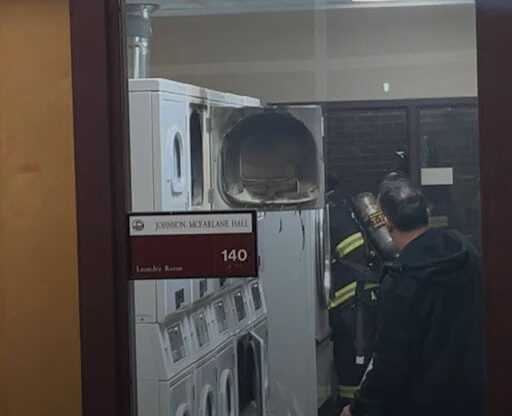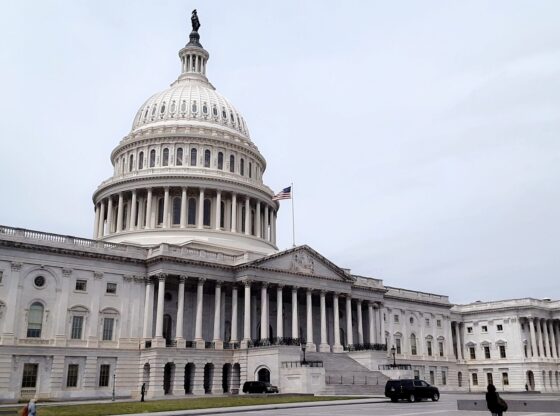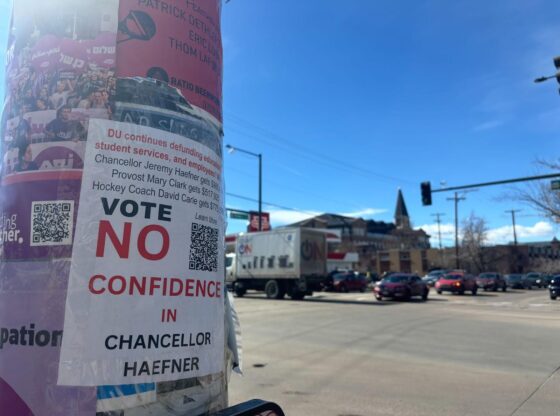Life expectancy throughout American history has generally experienced consistent growth. In 1900, the average life expectancy hovered around 47 years, with that number reaching 68 by 1950. The peak of American life expectancy was in 2019, reaching almost 79 years. Unfortunately, however, this number has started to decrease over the past couple of years.
After two consecutive years of decline, the average life expectancy of an American adult in 2021 was just over 76 years. This decrease is the largest since 1920. Yet, when compared to that of other developed countries, American life expectancy still fared worse even before the decline occurred.
In 1980, the life expectancy in the U.S. was fairly similar to that of other comparably large and wealthy countries, yet from then up until the present day, the U.S. has diverged quite drastically.
The average life expectancy of all comparable countries was 82.4 in 2021, which is over a six-year difference when compared to the United States. While Covid also negatively impacted the life expectancy of other comparable countries, an alarming disparity exists when compared to the U.S. life expectancy in 2020 for comparable countries experienced a decrease of 0.6 years while the U.S. saw a decrease of 0.8 years.
The difference lies in how the U.S. life expectancy progressed after Covid. Comparable countries in 2021 experienced an increase in life expectancy, only 0.2 years short of pre-Covid averages. Meanwhile, the U.S. continues to see a decrease.
Before exploring this phenomenon from a policy perspective, it is useful to look at the statistics pertaining to different identity groups. The most important thing to note beforehand is that life expectancy varies greatly along racial and ethnic lines, with many of the causes of this disparity being the result of structural issues.
Overall, Indigenous peoples have experienced the largest decline in life expectancy. Since the start of the pandemic, Native Americans have experienced a decline of over six years. To better put this statistic in perspective, the average life expectancy of Native Americans, which was 65.2 in 2021, is comparable to the average life expectancy of all Americans in 1944.
Hispanics and African Americans have also experienced steeper declines when compared to white Americans. While the Hispanic population still has a higher life expectancy than white Americans, their life expectancy saw almost a 5% decrease since the start of the pandemic. African Americans also saw a decrease in life expectancy of around 5%, while white Americans have only seen a decrease of around 2.7%.
What these statistics represent is that our government is malfunctioning from a policy perspective. Americans continue to deal with issues related to healthcare, gun violence, drug overdose and increases in chronic illnesses that are largely preventable. Yet we are still subjected to a system that is unresponsive to our needs.
Gun violence is the most visible and frustrating example of this. The recent shooting in a Tennessee elementary school has yet again revived these frustrations. Yet the revival of these frustrations always seems to be accompanied by a sense of hopelessness. The same can be said with nearly every other phenomenon that is taking the lives of Americans at an early age.
Drug overdoses are another issue that seems to be particularly exaggerated in the United States. Scotland is the only developed country that comes close to the U.S. with the other top 11 comparable countries experiencing an alarmingly different reality. On average, these countries experience 50 overdose-related deaths per 1 million residents. Meanwhile, the U.S. has around 277 overdose-related deaths per 1 million residents.
Drug overdoses and gun-related deaths combined were the cause of a little over 137,000 deaths in 2020 alone. While 2020 is the most recent year where statistics for gun-related death rates are available, drug overdoses increased to over 100,000 in 2021. Things are getting worse, not better, and it is about time that we see a sense of bipartisan urgency among policymakers that reflect the gravity of the current situation.
Focusing on gun-related deaths and drug overdoses is a logical way to combat the U.S. decline in life expectancy. Not only would policy be particularly effective in fighting these two phenomena, but there is also a consensus among the population on what these policies should be. For example, 81% of Americans support background checks for private gun sales and 87% support preventing those with a mental illness from acquiring a gun. Despite these high percentages, these two policies have yet to have been made law at the federal level.
Healthcare and chronic illnesses are two other major contributors that could be remedied through better access to healthcare, another potential area for policy to emerge. Yet we are still waiting for that emergence.
Americans spend more on healthcare than any other country, and the high costs associated with healthcare oftentimes prevent people from seeking medical assistance. Furthermore, the disparity in life expectancy along racial lines also reflects a similar disparity that exists in regard to access to healthcare.
The rate of uninsured African Americans (11%) is almost double that of the uninsured rate of white Americans. Native Americans and Hispanics, on the other hand, are uninsured at a rate that is over 3 times that of white Americans.
What must be understood when dealing with this phenomenon is that there are multiple identity-related dimensions that have their own specific needs in relation to increasing their life expectancy. No single policy will increase the overall life expectancy of every American. As a result, we must look at the health crisis in the United States as an issue that must be confronted on numerous fronts.
The uniqueness of American life expectancy when compared to that of other countries reflects another type of uniqueness. Our government is not paying attention to not only what the people want, but need. The leading cause of death for children in the U.S. is now gun violence. If statistics like this are not incentivizing legislative action, then what will? The more time we wait, the more our life expectancy will continue to drop.











